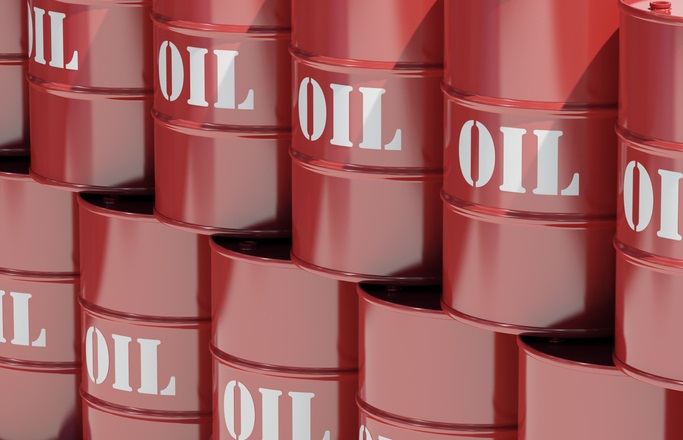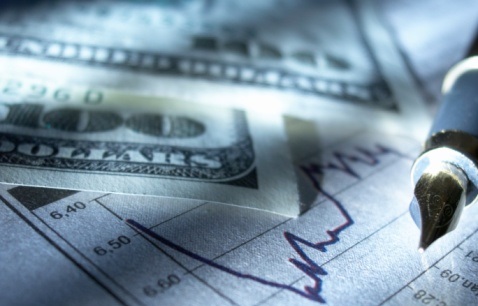The crude oil complex is seeing a fifth consecutive day of gains, with front-month WTI and Brent futures contracts pushing to fresh cycle (i.e. post-Covid-19) highs around $72.50 and $75.00 respectively. For WTI, that marks the second time it has been able to string together five consecutive positive days in the last 13 sessions, an impressive run during which time front-month future prices have surged from the mid-$66.00s to current levels in the $72.00s (a near 9% gain). Since the start of Q2 (i.e. the start of April), WTI has managed to rally from under $60.00 for a more than 20% gain. Underpinning the recent rally has been 1) growing confidence in the global oil demand recovery as the summer driving season arrives and developed economies reopen amid vaccine rollouts, 2) generally well supported risk asset prices, amid expectations that the current spike in global inflation is going to be transitory in developed economies, meaning most developed economy central banks (namely the Fed and ECB) are set to maintain highly accommodative monetary policy conditions for the foreseeable future (whilst fiscal policy is also accommodative/expansionary, with large deficits in most developed nation economies). Some are also citing a lack of progress on US/Iran nuclear deal talks as supportive of the price action in recent days, whilst in the last 24 hours, bigger than expected declines in US crude oil inventories (as indicated by the latest EIA and API crude oil inventory reports) have helped push oil prices to greater heights.
What next for crude oil markets?
In terms of the most immediate catalyst for crude oil market traders to be aware of; the FOMC will release the result of their latest monetary policy decision, plus an updated statement on monetary policy, new economic forecasts and a new dot-plot at 1900BST on Wednesday. Fed Chair Jerome Powell will then speak on the state of the US economy and monetary policy at 1930BST in a press conference. As far as crude oil markets are concerned, the outcome of the FOMC event will affect crude oil prices in a similar way to how it affects broad risk appetite; as long as the Fed continues to effectively walk the tightrope of maintaining market confidence that meaningful monetary tightening remains some distance away, but that the bank is increasingly beginning to debate a gradual tapering of its asset purchase programme, this would likely be enough to keep risk appetite (i.e. stocks and commodities like crude oil) supported. Conversely, if the Fed delivers a hawkish surprise that send yields and the US dollar and stocks lower, this will inevitably weigh on crude oil prices.
In terms of more specific to crude oil market drivers, there are three key things to focus on over the coming months:
1) The state of the global oil demand recovery – As noted above, recent price action suggests strong confidence amongst crude oil market participants that the global oil demand recovery is progress well, both in developed countries such as the USA, UK and EU, where vaccine rollouts have been going well and have facilitated economic reopening just as the summer driving season arrives and also in recently hard-hit by Covid-19 countries such as India, where the pandemic appeared to peak a few weeks back, raising the prospect of an easing of lockdowns in the months ahead (even though the vaccine rollouts in these regions lag their developed market peers). Although OPEC has been easing its production cuts as of late, most oil analysts expect that oil markets will remain heavily undersupplied for the rest of the year, by at least a few million barrels per day on average, which will eat into global crude oil reserves. All of this has been and is likely to continue to feed into expectations that oil prices will continue to grind higher to reflect this imbalance. Under-supply concerns have even spurred the high-profile International Energy Agency to plea for OPEC+ producers to “open the taps” to avoid oil prices hitting $100.
2) On the topic of OPEC+, their policy towards an easing of output cuts over the coming months will of course be a key factor to watch. Markets very much expect that with the outlook for demand as positive as it is, OPEC+ nations will be eager to increase output to make the most of these higher prices, so a further easing of production cuts in the coming months should not derail the crude oil, so long of course that any increase in output from OPEC+ nations and the subsequent increase in global oil supply undershoots the expected increase in global oil demand and markets remain under-supplied, as detailed above.
3) One additional source of potential oil supply and another key theme in the months ahead is progress towards a return of the US and Iran to the 2015 nuclear deal (JCPOA), which would open the door to a removal of US sanctions on Iranian oil exports (that have reduced the countries oil production levels by about 1-2M barrels per day over the roughly two years that they have been enforced). Progress towards finalisation of a deal has underwhelmed in recent days, arguably aiding with the recent run higher in crude oil prices since the start of the month; as a reminder, last month the Iranian President was pretty much saying a deal had been reached. A deal has since failed to materialise, however, to the disappointment of many (though not the oil market bulls), with perhaps the proximity of Iranian Presidential elections not helping things. But most still expect a deal to be reached in the coming months and then a gradual increase in Iranian crude oil production and exports. Most oil analysts suspect global markets will easily soak up this additional supply however, with the added layer of confidence that if there were concerns of oversupply, other OPEC+ members could compensate for the normalisation of Iranian output.
Elsewhere, longer-term drivers such potential underinvestment in crude oil production related infrastructure as developed nations clamp down on the fossil fuel industry and “rush” (according to some analysts) their push to transition towards renewable energy and electric vehicles is an often-cited reason as to why crude oil prices might eventually cross back above the $100 mark. This is a theme to watch and remember but is one that is unlikely to be driving the intra-day (or indeed intra-week) price action, so is one to put on the back burner. In the meantime, whilst all of the above noted themes may feel bullish, and it may feel like there is a “one way bet” in the market (for higher oil prices), note that such exuberant sentiment can raise the risk of a melt-up followed by a sharp crash (or a pump and dump as some call it). In other words, things could get choppy if markets start getting a little over-eager, as we have seen a million times in the past across all manner of different asset classes. The most immediate target for the crude oil bulls is the 2018 high at $77.50 (in WTI, that is). I would personally be surprised if we do not hit this level at some point this summer.




